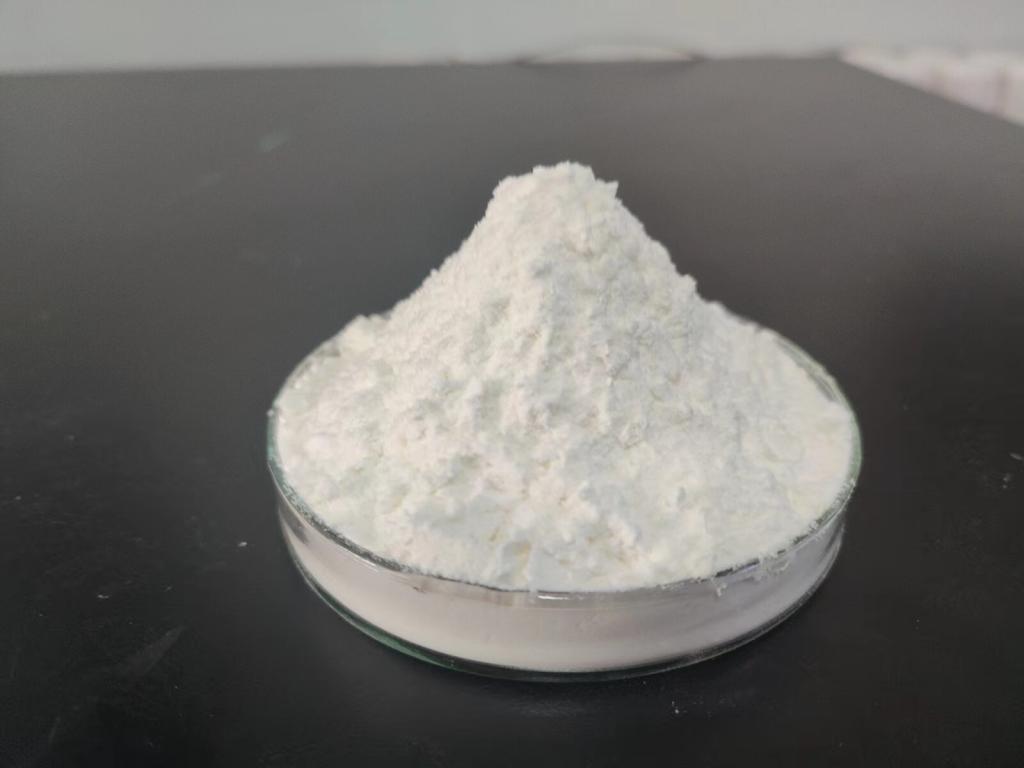Tel:0086 18231198596

News
Current Position:
Home >
News
>Improving Veterinary Medicine: ε-Polylysine Hydrochloride in Animal Health
Improving Veterinary Medicine: ε-Polylysine Hydrochloride in Animal Health
TIME:2024-01-19
I. Understanding ε-Polylysine Hydrochloride:
Structural Characteristics:
ε-Polylysine is a cationic homopolymer consisting of lysine units linked by ε-amino groups. The hydrochloride salt form enhances its solubility and stability, making it suitable for various biomedical applications, including veterinary medicine.
Antimicrobial Properties:
A standout feature of ε-polylysine hydrochloride is its inherent antimicrobial activity. This property arises from its ability to disrupt microbial cell membranes, making it an attractive option for preventing and treating infections in animals.
II. Applications in Animal Health:
Antimicrobial Agent in Livestock:
Livestock health is critical for both economic and ethical reasons. The antimicrobial properties of ε-polylysine hydrochloride make it a potential candidate for mitigating infections in livestock, reducing the need for traditional antibiotics and addressing concerns related to antibiotic resistance.
Companion Animal Care:
In the realm of companion animals, ε-polylysine hydrochloride can find applications in preventing and treating infections. Its safety profile and effectiveness against various pathogens contribute to its potential role in enhancing the health of pets and minimizing the risk of zoonotic diseases.
III. Challenges and Considerations:
Safety and Toxicology:
Assessing the safety and toxicology of ε-polylysine hydrochloride in different animal species is a crucial consideration. Rigorous studies are necessary to establish safe dosage levels and evaluate any potential adverse effects, ensuring the well-being of animals.
Optimizing Delivery Methods:
The effectiveness of ε-polylysine hydrochloride relies on the optimization of delivery methods. Formulating it into palatable and easily administrable forms, such as feed additives or topical applications, is essential for practical implementation in veterinary medicine.
IV. Addressing Antibiotic Resistance:
Reducing Antibiotic Usage:
The rising concern of antibiotic resistance in veterinary medicine necessitates alternative approaches. By serving as an antimicrobial agent, ε-polylysine hydrochloride offers a potential solution to reduce reliance on traditional antibiotics in animal husbandry and veterinary care.
Combination Therapies:
Exploring combination therapies that integrate ε-polylysine hydrochloride with existing antibiotics or other antimicrobial agents may enhance treatment efficacy while minimizing the development of resistance.
V. Future Directions and Research Opportunities:
Species-Specific Studies:
Conducting species-specific studies is essential for understanding the nuances of ε-polylysine hydrochloride's efficacy and safety in different animals. Tailoring applications based on the unique physiology of each species will contribute to its successful integration into veterinary practices.
Clinical Trials and Field Studies:
Moving beyond laboratory research, conducting clinical trials and field studies will provide valuable insights into the real-world effectiveness of ε-polylysine hydrochloride in diverse veterinary settings. Such studies are crucial for validating its potential applications and addressing challenges that may arise in practical implementation.
VI. Ethical Considerations and Animal Welfare:
Responsible Use:
The ethical use of ε-polylysine hydrochloride in veterinary medicine requires a commitment to responsible practices. Veterinarians and animal caretakers must prioritize the welfare of animals, ensuring that any interventions with ε-polylysine hydrochloride align with ethical standards.
Balancing Benefits and Risks:
Striking a balance between the benefits of using ε-polylysine hydrochloride in animal health and potential risks is imperative. Ethical considerations should guide decisions to ensure the well-being of animals is the primary focus.
VII. Conclusion:
In the evolving landscape of veterinary medicine, the integration of novel compounds like ε-polylysine hydrochloride offers exciting possibilities for improving animal health. From addressing infections in livestock to enhancing the well-being of companion animals, this biocompatible polymer holds promise in revolutionizing veterinary practices. As research continues to uncover its potential applications and address challenges, ε-polylysine hydrochloride may emerge as a valuable tool in the veterinarian's arsenal, contributing to the sustainable and ethical advancement of animal health. The future holds exciting opportunities for ε-polylysine hydrochloride to make a positive impact on the welfare of animals worldwide.

 CONTACT
CONTACT




